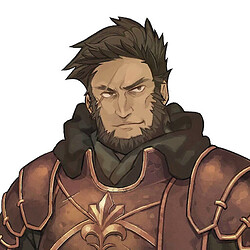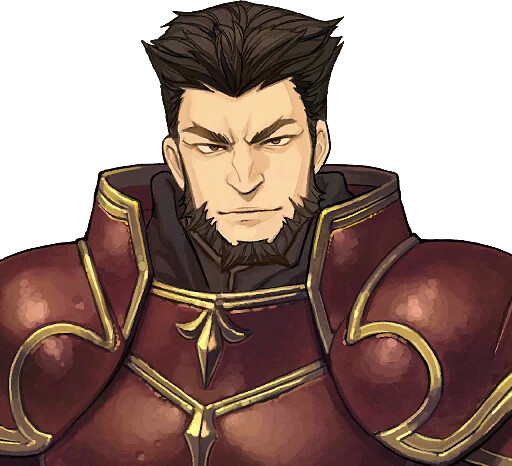Local idea guy here being bland as ever. After playing some Fire Emblem fangames (and some of the originals), I’ve mostly started to notice a trend that has made me feel uncomfortable, and that is the “expendability” of most bosses around.
Rant on Bosses' expendability
I consider that a game that just throws meaningless faces on a chapter just for the sake of having someone to kill with little to no explanation hurts the worldbuilding of its game, as it forces that there can only be a process of self-improvement by your own forces, as everyone else is forced to join or die if they want any involvement on bettering themselves.
Not only if that damage is also further increased by the usual lack of consequence after defeats and defeats - for being the four generals of X kingdom, I rarely see anyone say “You killed one of my captains!” or “You killed my father, prepare to die.”
There’s the feel of like having a backstory that can be affected by others is either blue unit-only or just if you happen to be a very red boss that is obviously going to be unceremoniously killed off for the sake of it (read: Camus archetype).
It often doesn’t feel like you’re fighting actual soldiers on a Fire Emblem game, because it just doesn’t feel like there are actual stakes there.
How not to solve the problem
I’m pretty sure that if I say “I have been defeated, but I cannot fall here, I must make my retreat!” I will trigger at least a 30% of the Fire Emblem fanbase.
Because, yeah, recurring bosses might be cool, and a way to slightly patch up the fact that going with your army and commiting mindless slaughter is “good” by the game’s perspective, it also has to make sense, or at least provide a way to justify the survival.
The moment you see the same guy just escape? Again? Unsatisfactory, and can’t help but feel that it’s being dragged on for who knows how long, just so that when you get to kill him, your thought it “At damn long last you’re fucking dead.”, and not “It took me this much effort to bring you down.”
Which then also should be mentioned about defeats on people that you expect or want to live - retreat isn’t the only option. People can be taken down and left injuried in combat, and then healed by the enemy army, a wandering cleric, anyone, when you’re out. Hell, you can even take them captive, making those previously one-note bosses suddenly gain depth by being given a second chance, and how they tackle that.
Spoilers on fangames, such as Flames of Redemption or Transcendent Darkness
Although, some games, as Flames of Redemption, manage to do that well on its prologue, where you fight multiple bosses (Patrick, Saif and Sabrina, for example) through some chapters, where one retreats, and the other’s whereabouts are left unknown, to then have two of them to become minibosses, to then swap them into blue units.
You also have Mourashi on Transcendent Darkness, an enemy boss that turns coat after you defeat and “comfort/reality check” him, and buys you time as you escape (as he possibly gets killed off-screen).
It generally feels good when someone that isn’t you and yours truly is relevant to the plot and does something that your blue army would have never been able to do.
When being a boss is too much
Minibosses. It is a step in the right direction, whether it goes from you just wanting an extra face to kill off for little to no reason, making a normally base siege map become a dual-objective map, where you have to go through one to get to the other, or you just want to give faces to normal people for some extra worldbuilding.
It may get tiring to see every new face die in the same chapter, but at the same time, the larger cast of enemies will make it so that there’ll be a sense of fighting an actual army and not just fighting your way through an army of mannequins.
This becomes an issue when you handle it as if it were a Warriors game, where you are just minding your own business and suddenly
“I’ll crush you like the others!” “To retreat is not necessarily to lose” on a loop.
There has to be some sort of balance around the fact that you’re adding these extra enemies to make them somewhat relevant and not just a “what’shisface” moment. Not all have to be good, not all have to be redeemable or turned into a “Camus” situation, but some sort of growth or interaction within them would always be good to have.
Too long, didn't read.
In few words, I consider that enemies are as vital for worldbuilding as your own units, probably even more, and that just killing them off hurts your own game more than it hurts to keep them alive, within reason.






